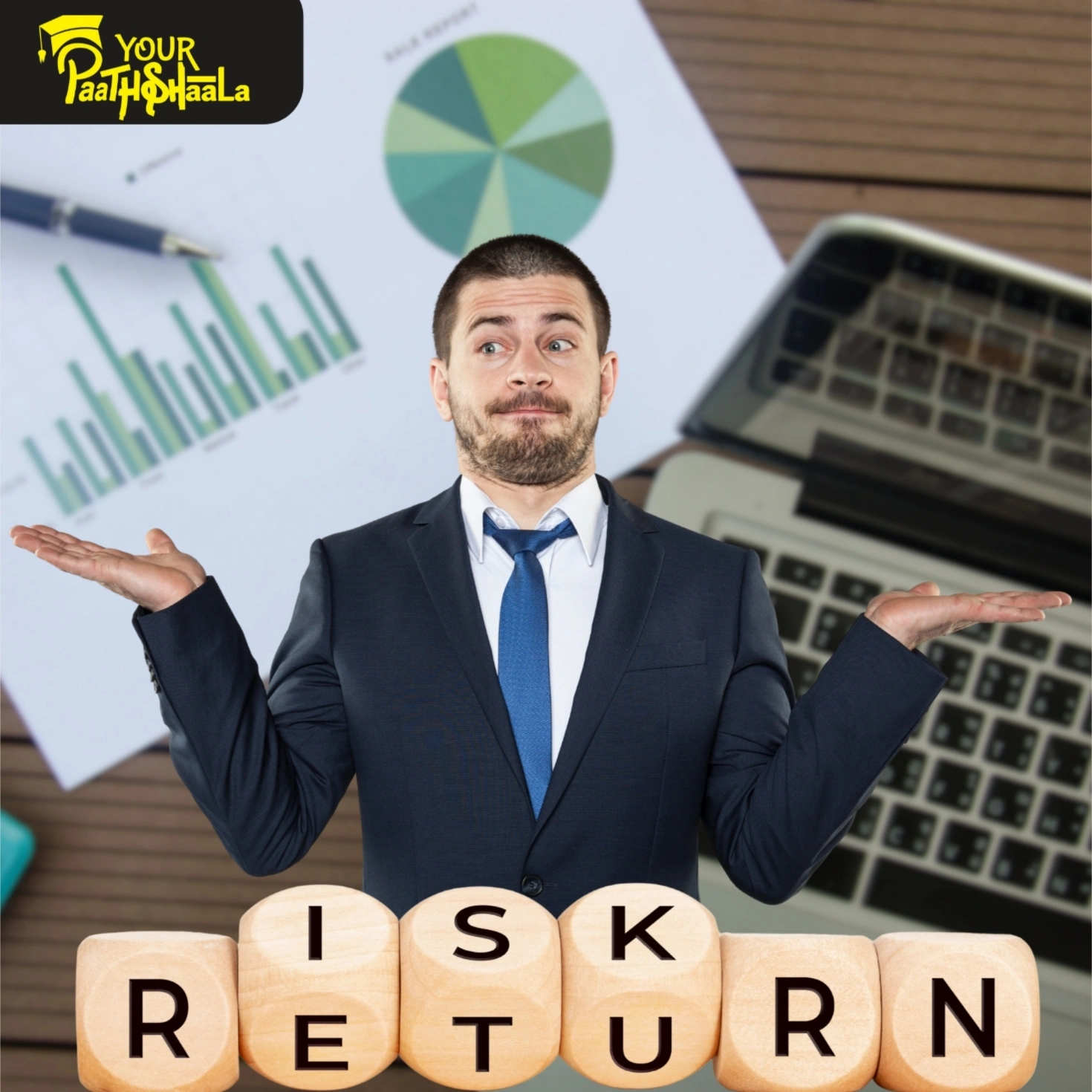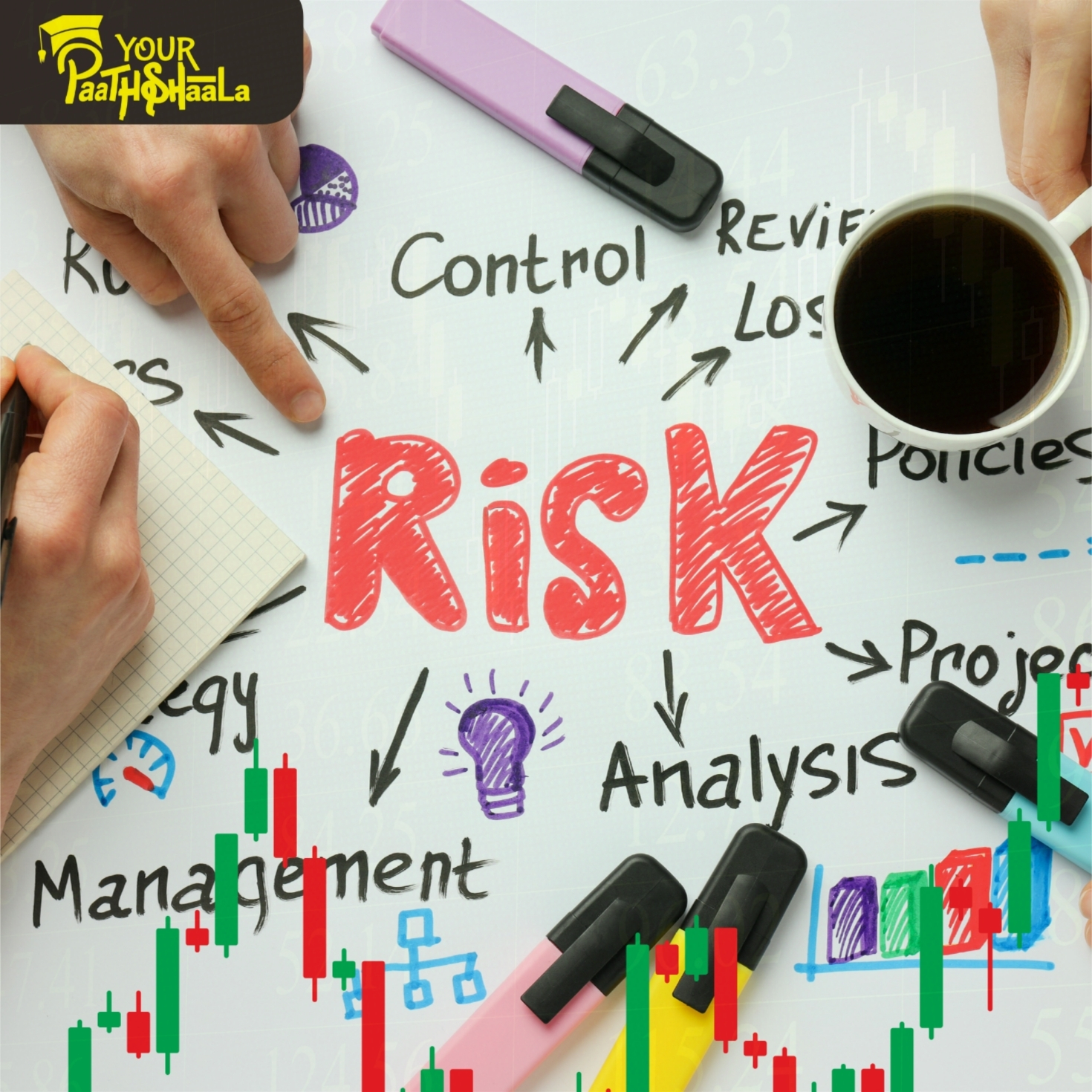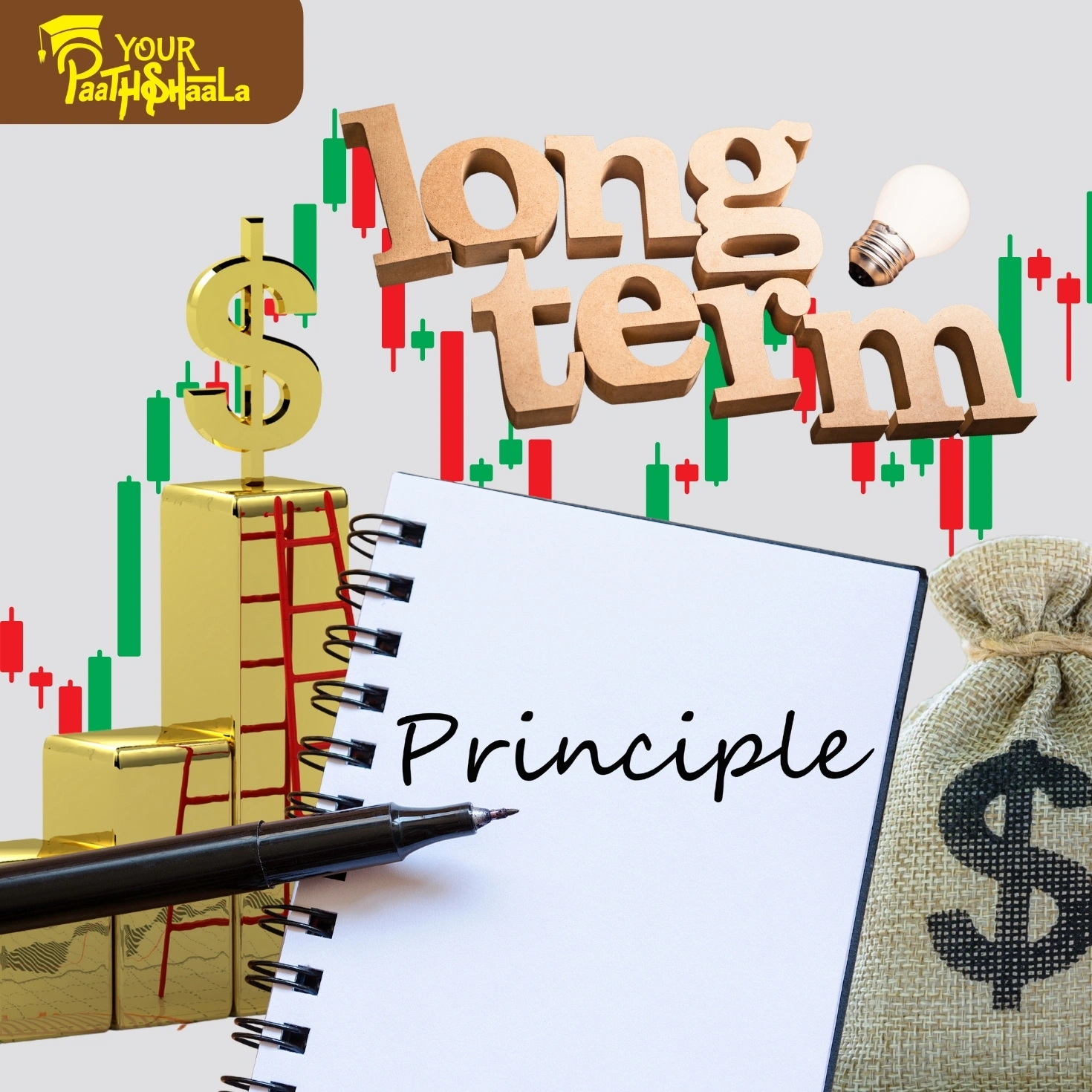Risk vs Return Mathematics: Understand the Balance in Investing in 2025
Investing is a delicate balance between risk and return, where higher potential rewards come with increased potential losses. As of September 10, 2025, understanding diversification, time horizons, and risk-reward trade-offs is essential for building resilient portfolios. This 2000-word guide simplifies these concepts with three core principles: don’t put all your eggs in one basket, never invest money you’ll need soon, and learn to balance risk and reward wisely. Offering actionable insights for beginners and seasoned investors, this guide helps you make smarter investment decisions. Ready to master the balance? Let’s dive into risk vs return mathematics.
What is Risk vs Return Mathematics?
Risk vs return mathematics quantifies the trade-off between potential investment gains and the likelihood of losses. Higher returns, like those from tech stocks, often come with higher volatility, while diversification and time horizon planning can mitigate risks. With markets facing volatility (VIX at 18, per CBOE) and retail investors losing 15% of returns due to poor risk management in 2024, per Bloomberg, understanding this balance is critical for success in 2025’s dynamic financial landscape.
Key Strategies for Balancing Risk and Return
To excel in risk vs return investing, focus on three key strategies: diversification to reduce risk, aligning investments with time horizons, and balancing risk and reward wisely. Below, we explore each in detail.
1. Diversification: Don’t Put All Your Eggs in One Basket
Diversification spreads investments across asset classes, sectors, or regions to reduce risk without necessarily sacrificing returns. For example, combining stocks (SPY) with bonds (BND) lowered portfolio volatility by 10% in 2024, per Morningstar, while maintaining solid returns.
How to Diversify Effectively
Allocate to broad-market ETFs like VTI (total market) or VEU (ex-U.S. stocks) for global exposure.
Mix asset classes, including equities, bonds (AGG), and alternatives like REITs (VNQ).
Monitor correlations between assets to ensure true diversification.
Diversify across sectors like healthcare (XLV) and technology (QQQ) to balance risk.
Diversification reduces volatility but may dilute returns, so optimize for risk-adjusted performance.
2. Time Horizon: Never Invest Money You’ll Need Soon
Your time horizon—the period you plan to hold investments—determines your risk tolerance. Short-term needs require low-risk assets like bonds, while long-term goals allow for riskier investments like stocks, which historically return 7% annually over 20 years, per JPMorgan.
How to Align with Your Time Horizon
For short-term goals (1-3 years), invest in stable assets like TIPS (TIP ETF) or cash equivalents.
For long-term goals (10+ years), allocate to growth ETFs like VUG (Vanguard Growth).
Assess your financial timeline using tools like Vanguard’s investor questionnaire.
Diversify across time horizons to balance liquidity and growth potential.
Time horizon alignment enhances stability but requires planning, so match investments to goals.
3. Balancing Risk and Reward: Invest Wisely
Balancing risk and reward involves selecting investments that align with your risk tolerance and return goals. Metrics like the Sharpe ratio (return per unit of risk) help quantify this balance, guiding smarter portfolio construction.
How to Balance Risk and Reward
Use portfolio analytics tools like Morningstar or Portfolio Visualizer to calculate risk-adjusted returns.
Allocate to ETFs like QUAL (quality factor) for high returns with moderate risk.
Monitor economic conditions, like 3.5% CPI inflation in 2024 (per FRED), to adjust risk exposure.
Diversify across risk levels, blending high-risk (ARKK) and low-risk (XLP) assets.
Balancing risk and reward optimizes performance but requires vigilance, so regularly reassess portfolios.
Risks and Challenges in Risk vs Return Mathematics
Balancing risk and return offers clarity but comes with challenges:
Over-Diversification: Spreading investments too thin can limit upside potential.
Market Volatility: Rapid swings (VIX at 18, per CBOE) can disrupt risk calculations.
Misaligned Time Horizons: Short-term investments in risky assets can lead to losses.
Data Complexity: Risk metrics require accurate interpretation to be effective.
To mitigate risks, diversify strategically, use reliable analytics, and align investments with goals. Professional guidance can enhance execution.
Tools and Resources for Risk vs Return Mathematics
To excel in risk vs return investing, leverage these tools:
Analytics Platforms: Use Morningstar, Portfolio Visualizer, or Bloomberg Terminal for risk metrics.
Investment Platforms: Access ETFs via Vanguard or Fidelity for diversified portfolios.
Economic Data: Track inflation and volatility via FRED or CBOE for context.
Educational Resources: YourPaathshaala offers practical lessons and free demo classes.
These tools, paired with disciplined research, can enhance your risk vs return strategy.
Why Risk vs Return Mathematics Matters in 2025
As of September 10, 2025, mastering risk vs return is critical amid volatile markets. Poor risk management cost retail investors 15% of returns in 2024, per Bloomberg, while diversified portfolios outperformed by 7%, per Morningstar. With economic pressures (3.5% CPI, per FRED) and market volatility (VIX at 18, per CBOE), understanding risk-reward trade-offs and time horizons is essential for building resilient, high-performing portfolios in 2025.
Getting Started with Risk vs Return Mathematics
Ready to balance risk and return for smarter investing? Follow these steps:
- Learn Risk Basics: Study diversification, time horizons, and risk-reward metrics.
- Choose a Platform: Select a broker with diversified ETFs and risk analytics tools.
- Start Small: Test strategies with a small, diversified portfolio.
- Diversify: Spread investments across stocks, bonds, and alternative assets.
- Seek Education: Join YourPaathshaala’s free demo classes for practical lessons, located near Anjali Children Hospital, Tagore Nagar, Mathpurena, Raipur, Chhattisgarh, PIN code: 492001.
Conclusion
Mastering risk vs return mathematics—through diversification, time horizon alignment, and balanced risk-reward strategies—empowers investors to build smarter, more resilient portfolios in 2025. By following simple principles—don’t put all your eggs in one basket, never invest money you’ll need soon, and balance risk and reward wisely—you can navigate volatile markets with confidence. Despite challenges like over-diversification or market volatility, strategic approaches and reliable tools can lead to success. Explore these concepts with YourPaathshaala’s clear, practical lessons and free demo classes to address your doubts.
Visit YourPaathshaala
Near 🏥 Anjali Children Hospital, Tagore Nagar, Mathpurena, Raipur.
📫 PIN code: 492001, Chhattisgarh
📞 Click the Call Now to contact us!







